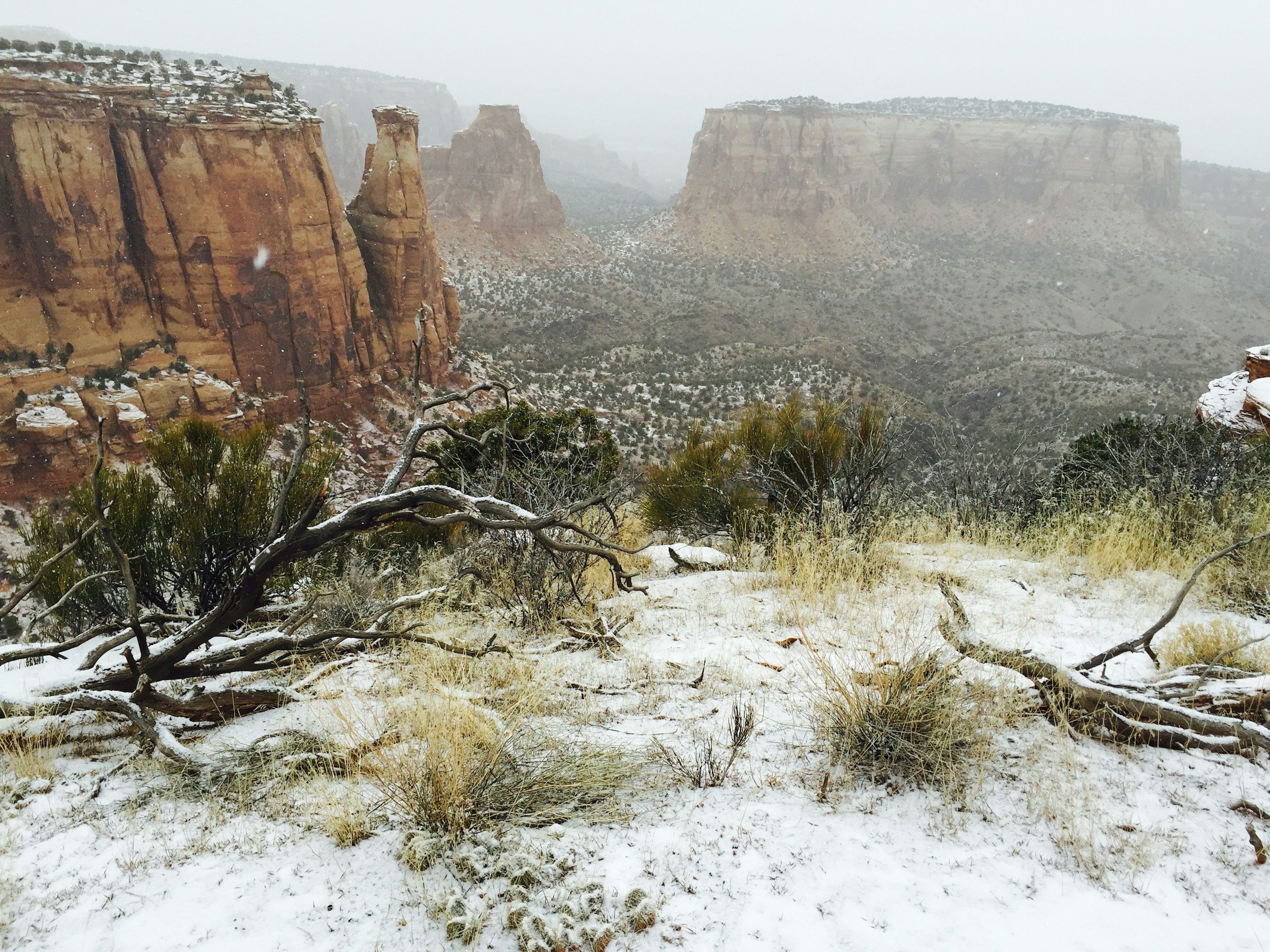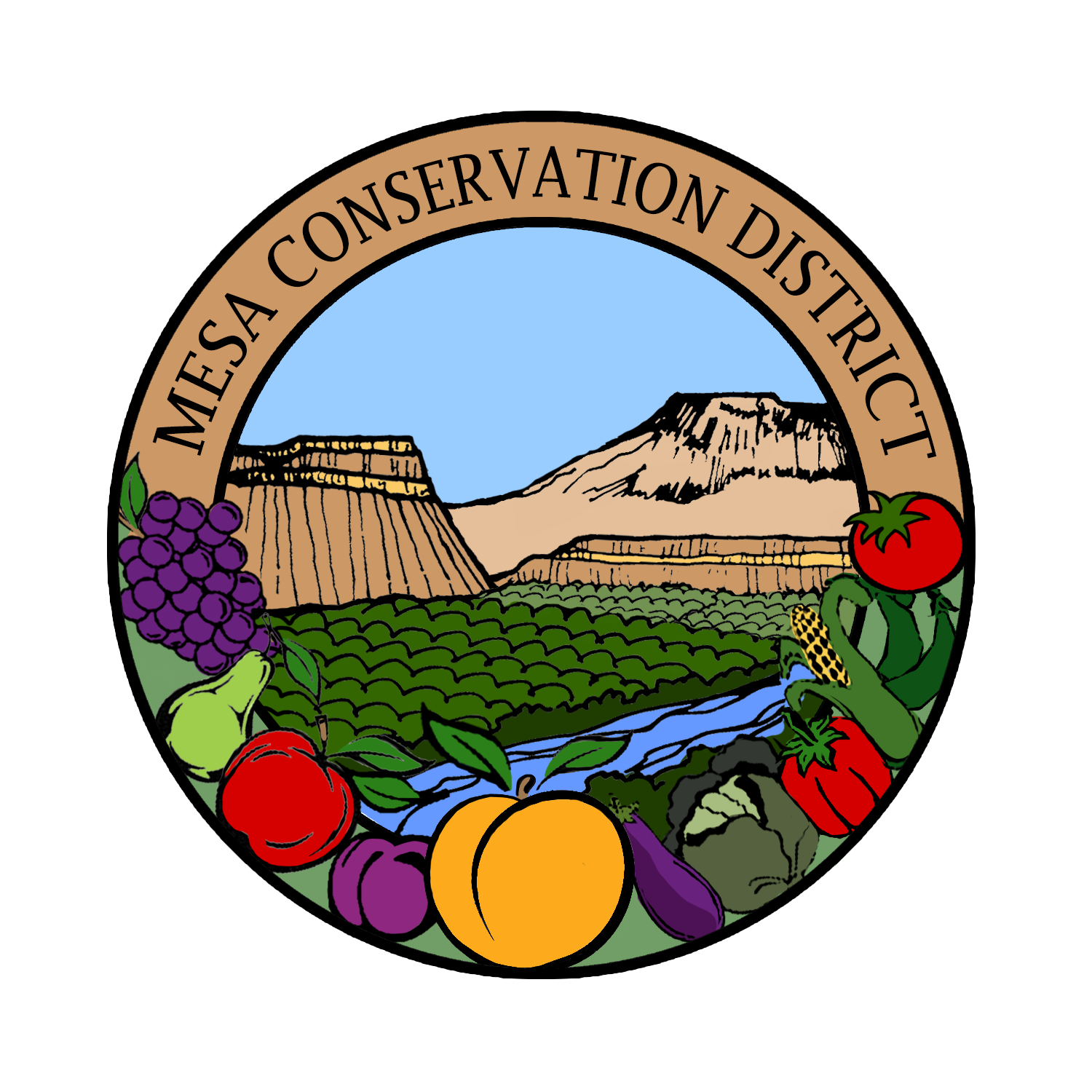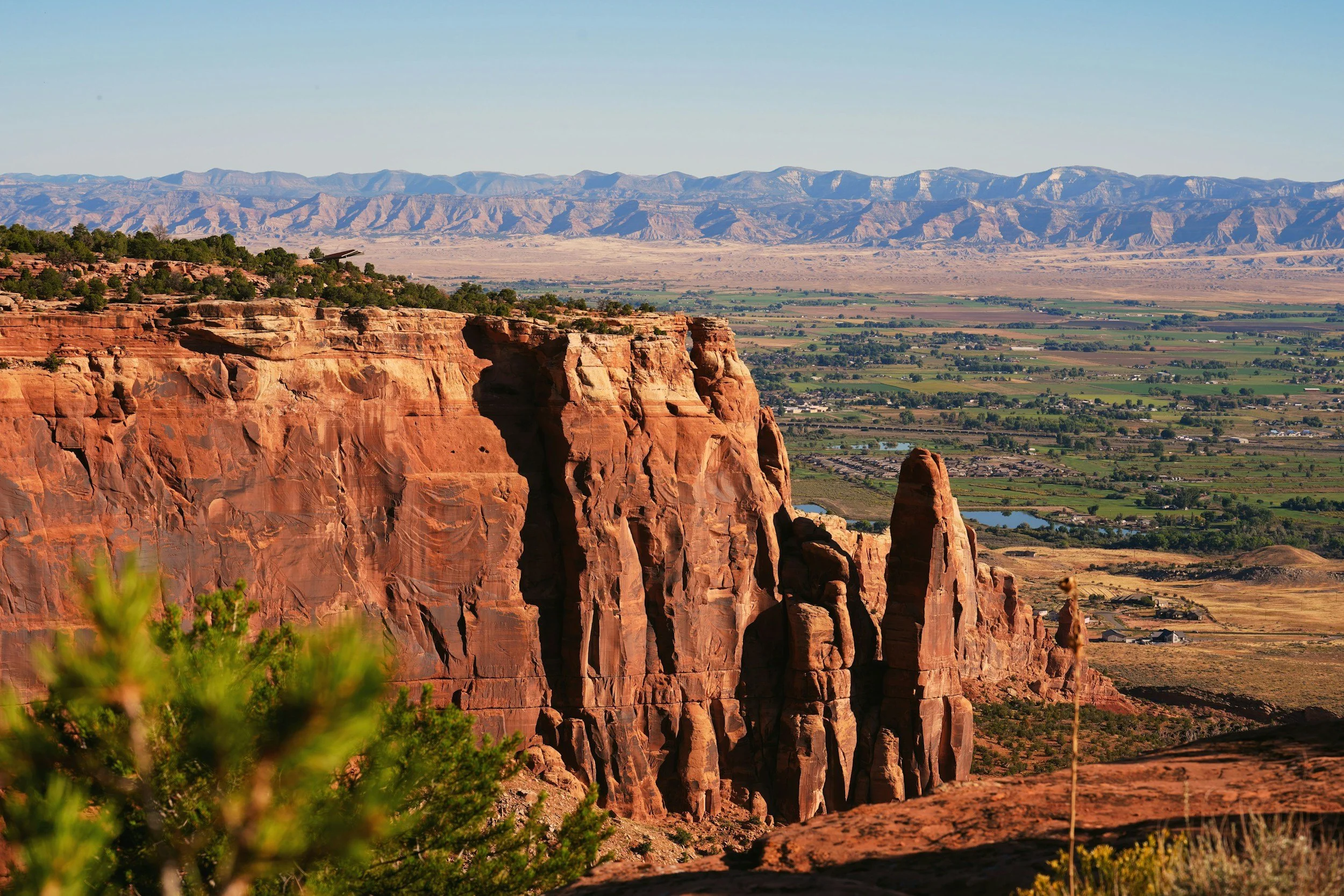
Weather and Climate Resources
The Weather and Climate Resources page provides up-to-date tools and information to help producers make informed decisions based on current and forecasted conditions. The Grand Valley’s arid climate can create unique challenges for producers. From drought monitoring and seasonal outlooks to frost alerts and soil moisture data, these resources support planning and risk management in the face of a changing climate.
-
Due to its desert climate, the Grand Valley receives an average of 9 inches of precipitation per year. The wettest months of the year are September and October. Due to the lack of precipitation, using water from snow melt high in the Colorado mountains is vital for maintaining water delivery through irrigation.
-
Temperatures in the Grand Valley can see large temperature swings from day to day, sometimes even overnight. This can create challenges for local producers in the spring during the early growing season.
Average temperatures in the area are mild, with an average high of 67 degrees Fahrenheit and an average low of 40 degrees Fahrenheit.
Temperatures in the area can reach as high as 107 degrees Fahrenheit (July 2021) and as low as -23 degrees Fahrenheit (1963).

Other Weather and Climate Resources
Colorado Climate Center
Colorado Drought Updates
IDSS Forecast Points
National Weather Service Winter Forecasts
Point Forecast Data
Rainfall Forecasts
Soil Moisture
U.S. Climate Toolkit - Climate Explorer

